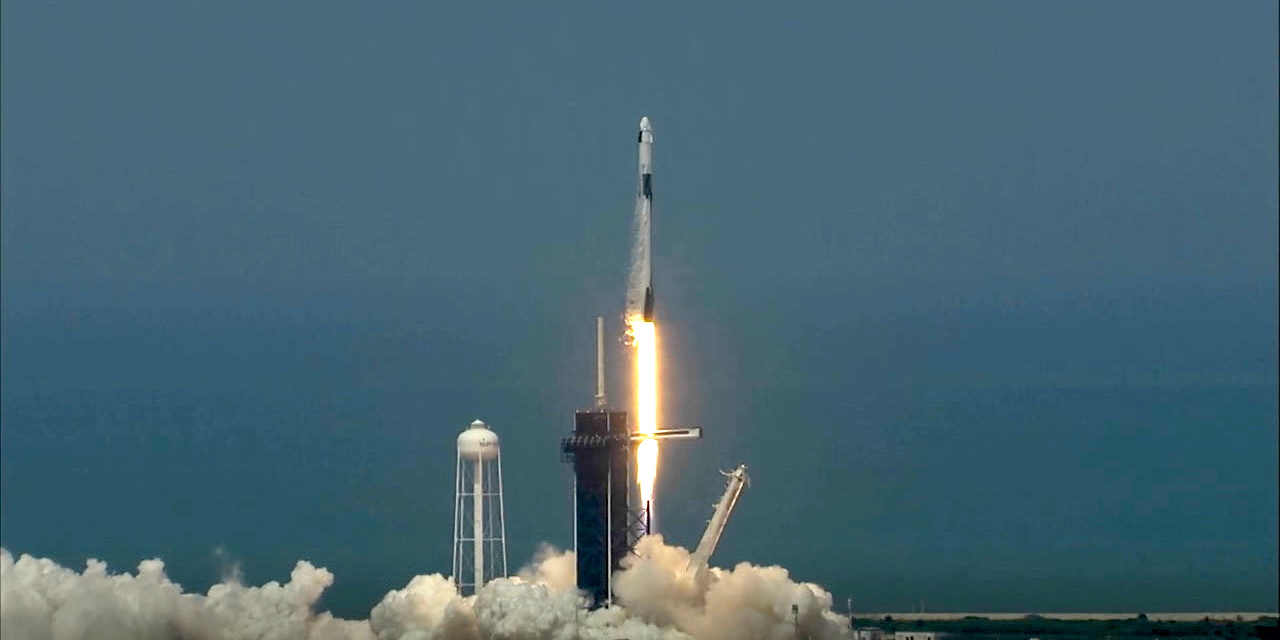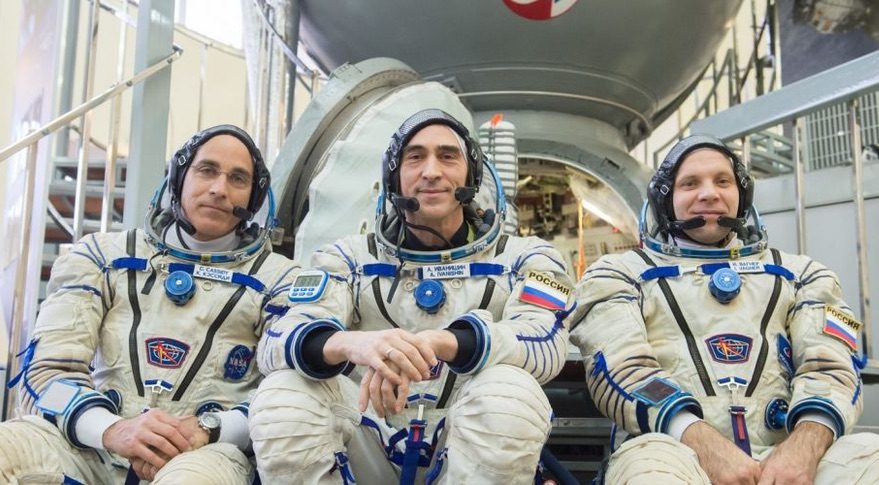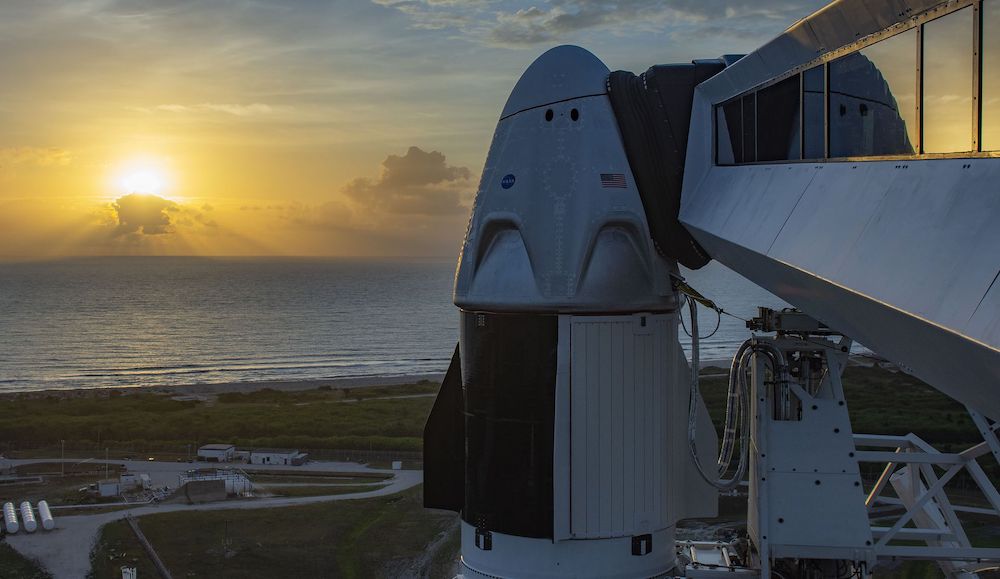Geekery: Crew Dragon Has Made it to Earth’s Orbit


After being delayed by weather, the first U.S. crewed spaceflight since the 2011 end of NASA’s Space Shuttle program lifted off yesterday. Liftoff from the Kennedy Space Center in Cape Canaveral happened at 3:22pm ET with NASA astronauts Bob Behnken and Doug Hurley on board. Along with being the first crewed launch in nearly 10 years, it was the first commercially built, private manned spaceflight. The Dragon (on the Falcon 9 rocket) was designed and built to carry private passengers into orbit or the ISS in coming years.
Check out the full launch…
They’re expected to reach the ISS at 10:27 a.m. ET – about 90 minutes from this post going up. Crew Dragon has an autonomous docking system; Hurley will have to get it near the space station and the system will take care of the rest. Hurley and Behnken will chill for a bit with NASA astronaut Chris Cassidy and Russian cosmonauts Anatoly Ivanishin and Ivan Vagner on the ISS for a bit.

The big hurdle/worry now is reentry. The Crew Dragon will be falling back to Earth at 15 times the speed of sound while its heat shield takes on incredibly high heat. The craft has tiny thrusters called SuperDracos on its exterior that are a safeguard during launch – they can carry the Dragon away from a malfunctioning rocket and save the crew. However, these could cause issues in re-entry according to Space X’s founder/CEO Elon Musk.
“The part that I would worry most about would be reentry, which won’t happen, hopefully, for a few months from now. With Dragon 1, we have a simple conic on the leeward side—essentially the back shell—of the spacecraft, so it’s really quite symmetrical, with no particular protuberances or anything. Whereas with Crew Dragon, because we have the escape thrusters side-mounted into the the back shell that creates an asymmetry. If you rotate too much then you could potentially catch the plasma in the super Draco escape thruster pods and could potentially cause either control disturbance or potentially overheat things.

We’ve looked at this six ways to Sunday, so it’s not that I think this will fail. It’s just that I worry a bit that it is asymmetric on the backshell & you could have a strange sort or roll coupling as you come in if you turn too much. I think this is low risk, but that’s what I would put as my biggest concern.”
The return date will be set by NASA once they dock with the ISS and complete a cargo drop. They’ll land in the Atlantic off the coast of Florida.


